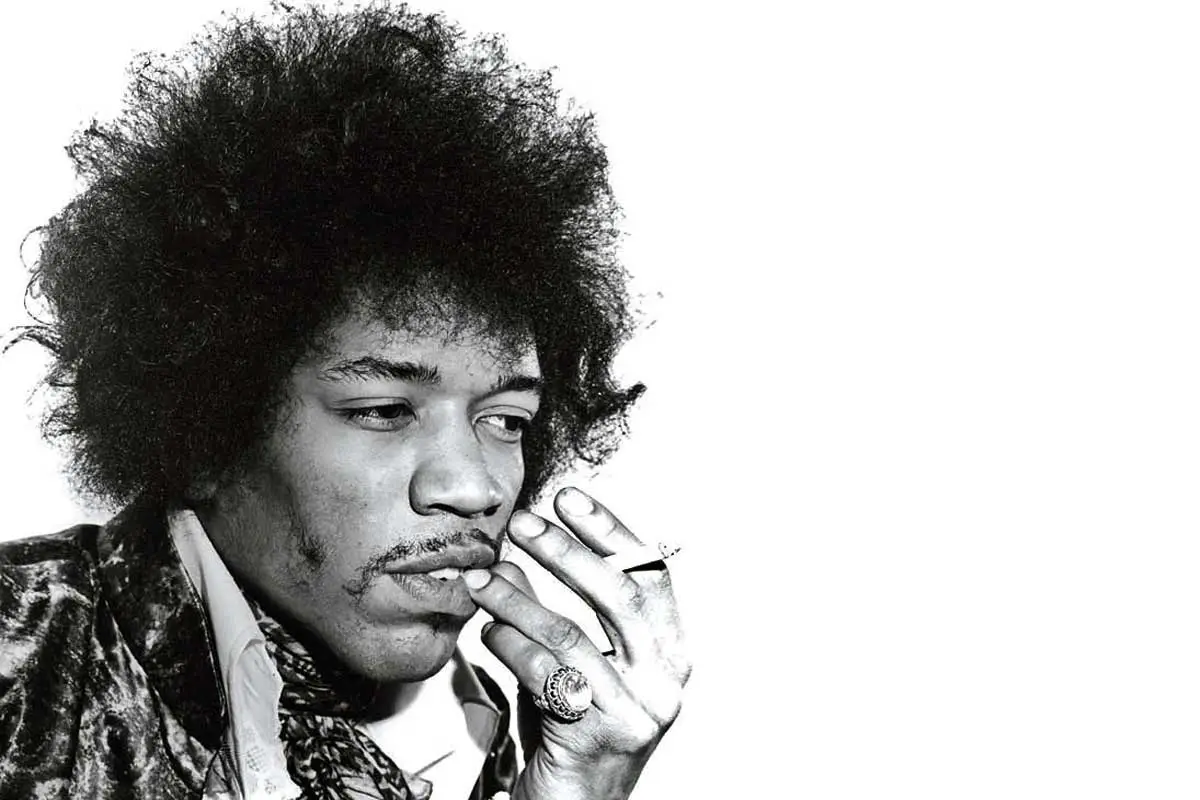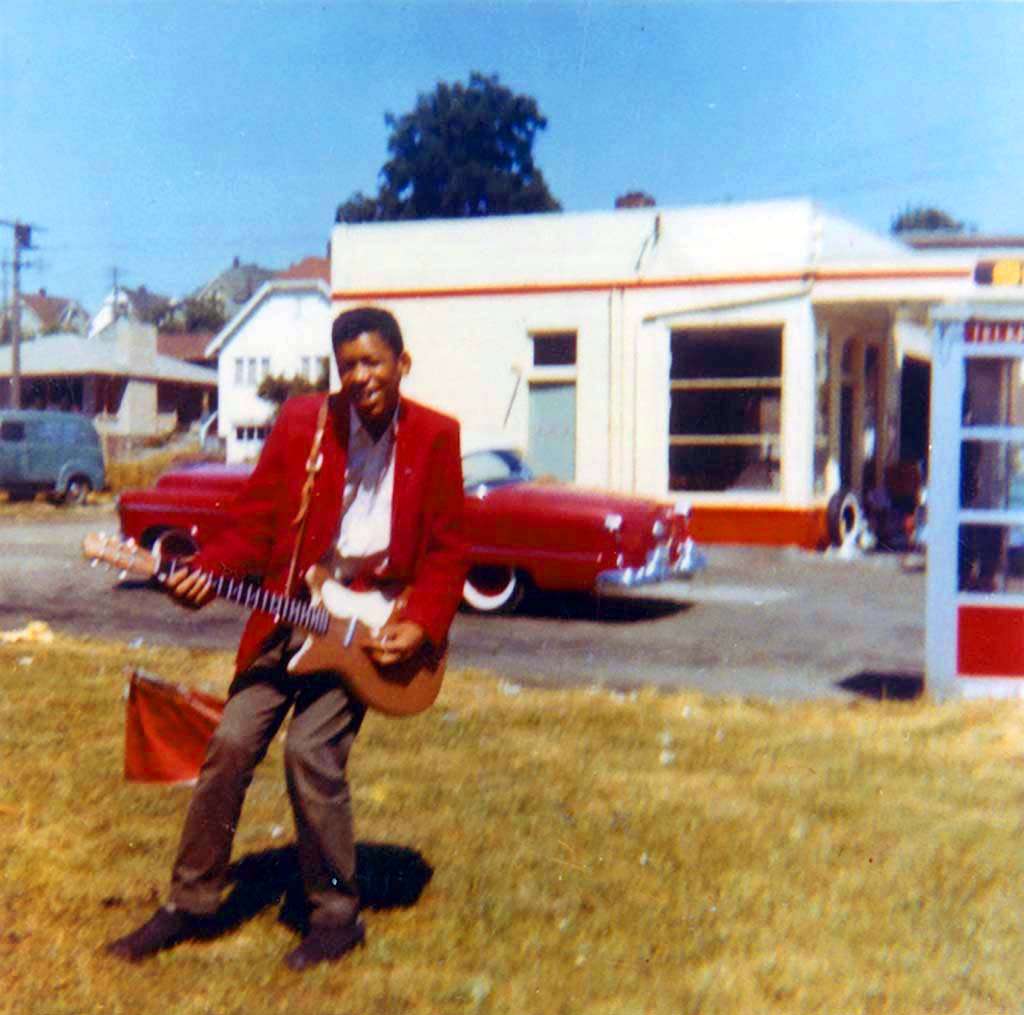If you’re a fan of rock music, you’ve likely heard of Jimi Hendrix. Known for his innovative guitar playing and unique sound, Hendrix is regarded as one of the greatest musicians of all time. But who inspired Jimi Hendrix to become this legendary artist? In this article, we’ll explore the people and music that influenced him and helped shape his iconic style.
Hendrix’s musical journey began in Seattle, where he was exposed to a variety of genres, including blues, jazz, and rock. Some of his earliest influences included artists like Muddy Waters, Buddy Guy, and B.B. King. These musicians helped shape Hendrix’s early sound and inspired him to continue playing the guitar.
As Hendrix’s career progressed, he continued to draw inspiration from a wide range of artists and genres. He was known for his love of the blues, and often cited blues musicians like Albert King and Howlin’ Wolf as major influences. He was also inspired by rock and roll legends like Little Richard and Bob Dylan, as well as avant-garde British artists like The Beatles and The Who. In the following sections, we’ll take a closer look at some of the key figures who inspired Jimi Hendrix and helped shape his musical legacy.

Early Life and Musical Influences
As a young boy growing up in Seattle, Jimi Hendrix was exposed to a variety of musical styles and influences. He was born James Marshall Hendrix on November 27, 1942, and grew up in a family that loved music. His father, Al Hendrix, played the saxophone and his mother, Lucille, sang in the church choir.
Jimi’s early musical influences included blues, jazz, and R&B. He was particularly drawn to the music of Muddy Waters, B.B. King, and Buddy Guy. He also listened to a lot of Little Richard, whose flamboyant style and energetic performances would later influence Jimi’s own stage presence.
At the age of 15, Jimi got his first guitar and began teaching himself to play. He would spend hours practicing and experimenting with different sounds and techniques. He was also influenced by the music of Bob Dylan, whose socially conscious lyrics would inspire Jimi to write his own songs with a message.
In 1961, Jimi enlisted in the US Army and was stationed at Fort Campbell, Kentucky. He served as a paratrooper in the 101st Airborne Division, but his military career was cut short when he injured himself during a jump. He was honorably discharged in 1962 and returned to Seattle, where he began playing in local clubs and honing his craft as a musician.
Despite facing discrimination as an African-American musician in the early 1960s, Jimi persevered and continued to develop his unique style. He was known for his innovative use of feedback, distortion, and other effects, which would become trademarks of his sound. His early influences would continue to shape his music throughout his career, and his legacy as a groundbreaking musician and performer endures to this day.

Influence of Blues and Jazz
Jimi Hendrix was heavily influenced by the blues and jazz genres, which played a significant role in shaping his unique style. Hendrix was known for his ability to blend different genres, and his love for blues and jazz is evident in his music.
Blues music, with its raw emotion and expressive guitar playing, had a profound impact on Hendrix. He was particularly drawn to the music of Muddy Waters, B.B. King, John Lee Hooker, and Albert King, among others. Hendrix was inspired by the way these blues guitarists used their instruments to convey powerful emotions, and he incorporated this into his own playing style.
Related: How To Play Jazz Chords
Jazz music was also an important influence on Hendrix. He was a fan of jazz saxophonist John Coltrane, and he admired the way Coltrane pushed the boundaries of music with his innovative playing style. Hendrix was also influenced by the improvisational nature of jazz, and he used this approach in his own music.
Hendrix’s love for the blues and jazz is evident in his music, with many of his songs featuring elements of both genres. For example, “Red House” is a blues song with a jazz-influenced guitar solo, while “Voodoo Chile” features a lengthy improvised section that showcases Hendrix’s jazz-inspired guitar playing.
Overall, the influence of blues and jazz on Hendrix’s music cannot be overstated. These genres played a significant role in shaping his unique style, and their impact can be heard in many of his most iconic songs.
Related: List of The Best Guitar Soloists
Inspiration from Rock and Roll Legends
Jimi Hendrix’s music was influenced by a variety of artists, including some of the biggest names in rock and roll history. Here are some of the legends who inspired Hendrix:
Little Richard
Little Richard was a major influence on Jimi Hendrix’s music. Hendrix covered several of his songs, including “Lucille” and “Good Golly Miss Molly.” Richard’s energetic and flamboyant stage presence also inspired Hendrix’s own showmanship.
The Beatles
The Beatles were a significant influence on Hendrix’s music. Hendrix covered their song “Sgt. Pepper’s Lonely Hearts Club Band” and was even rumored to have jammed with George Harrison. Hendrix was also inspired by the Beatles’ experimentation with studio techniques and their use of feedback.
Bob Dylan
Bob Dylan was another artist who influenced Hendrix’s music. Hendrix covered Dylan’s “All Along the Watchtower,” which became one of his most famous songs. Hendrix was also inspired by Dylan’s lyrics and his ability to convey powerful messages through his music.
The Rolling Stones
The Rolling Stones were a major influence on Hendrix’s music, particularly the guitar playing of Brian Jones. Hendrix covered their song “(I Can’t Get No) Satisfaction” and was known to jam with Mick Jagger and Keith Richards.
The Doors
The Doors were a psychedelic rock band who inspired Hendrix’s music. Hendrix covered their song “Gloria” and was known to jam with their lead singer, Jim Morrison.
The Who
The Who were a British rock band who influenced Hendrix’s music. Hendrix covered their song “Summertime Blues” and was inspired by their high-energy performances and powerful guitar riffs.
The Leaves
The Leaves, an American garage rock band, inspired Jimi Hendrix with their cover of the song “Hey Joe” which he later became one of Jimi’s most popular songs.
Overall, Jimi Hendrix’s music was influenced by a wide range of artists, from soul singers like Sam Cooke to psychedelic rock bands like The Doors. These legends helped shape Hendrix’s unique sound and style, and their influence can still be heard in his music today.
Jimi Hendrix’s Legacy
Jimi Hendrix’s legacy as a musician is undeniable. He is often referred to as a legend and one of the most influential musicians of the 20th century. Hendrix’s influence can be seen in the work of countless artists who followed in his footsteps. His unique style of playing the guitar, combining rhythm and tone in a way that had never been done before, has been emulated by many.
As a composer and songwriter, Hendrix was incredibly successful. He wrote some of the most iconic songs of the 60s, including “Purple Haze” and “Hey Joe”. His ability to write songs that were both catchy and meaningful helped to cement his status as a guitar god.
Hendrix’s charisma and stage presence were also a big part of his legacy. He was known for his wild performances, often smashing his guitar at the end of a set. His ability to captivate an audience and leave them wanting more is something that few musicians have been able to replicate.
In 1992, Hendrix was posthumously inducted into the Rock and Roll Hall of Fame. This was a fitting tribute to a musician who had such a profound impact on the world of music.
Overall, Jimi Hendrix’s legacy is one of innovation and influence. He was able to push the boundaries of what was possible on the guitar and create a sound that was uniquely his own. His music continues to inspire new generations of musicians, and his place in music history is secure.





